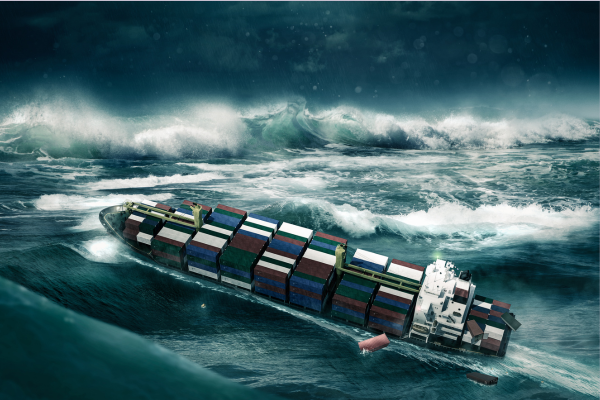The Bermuda Triangle: Mystery or Misunderstanding? – By Nadeeka – eLanka

The Bermuda Triangle, often referred to as the “Devil’s Triangle,” has captured human imagination for decades. This vast region in the Atlantic Ocean, roughly bounded by Miami, Bermuda, and Puerto Rico, is shrouded in mystery due to stories of ships and planes vanishing without explanation. But what lies behind the legends? Is it science, nature, or pure myth?
The fascination with the Bermuda Triangle began in the mid-20th century when writers and researchers started linking a series of maritime and aviation disappearances to the area. Reports of vessels disappearing without a trace and aircraft losing communication before vanishing entirely sparked a wave of speculation. Theories ranged from natural phenomena to extraterrestrial involvement, fueling the mythos of this enigmatic stretch of ocean.
From a scientific perspective, the Bermuda Triangle does not hold any unique dangers compared to other parts of the ocean. Researchers argue that the region is heavily traveled, making it statistically more likely to witness accidents or incidents. The unpredictable weather in the area, with sudden storms and rogue waves, can easily overwhelm ships and planes. Additionally, the Gulf Stream, a powerful ocean current, can quickly erase evidence of wreckage, adding to the mystery.
Human error also plays a significant role in these incidents. The Bermuda Triangle spans vast distances of open water where navigation errors can occur, especially in earlier times when navigational tools were less advanced. Compass malfunctions have often been cited in accounts of disappearances, but these anomalies can be explained by natural variations in the Earth’s magnetic field. Such variations are not unique to the Bermuda Triangle and are well-documented in other regions of the world.
One compelling scientific explanation involves the presence of methane hydrate deposits beneath the seafloor. These deposits can occasionally release large amounts of methane gas, reducing the density of water and causing ships to lose buoyancy and sink rapidly. While this theory aligns with some incidents, it does not account for all disappearances and is considered rare.
Despite the scientific explanations, the Bermuda Triangle’s reputation as a zone of mystery persists, largely due to media portrayals and the human tendency to seek out intrigue. Books, movies, and documentaries have sensationalized the area, often overlooking the mundane explanations behind many of the incidents. The allure of the unknown continues to draw attention, blending science with the imagination.
The United States government, including the Coast Guard and the National Oceanic and Atmospheric Administration (NOAA), does not recognize the Bermuda Triangle as a hazardous area. Both agencies emphasize that the number of incidents in the region is not statistically higher than in other heavily traveled parts of the world. This official stance reinforces the idea that the mystery is more about perception than reality.

Even so, the Bermuda Triangle remains a fascinating topic for exploration and debate. Its cultural impact, fueled by centuries of maritime folklore and modern storytelling, ensures its place in popular imagination. Whether viewed as a scientific anomaly, a historical curiosity, or a symbol of the ocean’s vast and untamed power, the Bermuda Triangle continues to spark curiosity and wonder.
In the end, the Bermuda Triangle may not be the sinister and supernatural place that some believe it to be. Instead, it serves as a reminder of the ocean’s unpredictability and the limits of human understanding. The stories, true or exaggerated, highlight the enduring mystery of the sea, a realm that still holds many secrets waiting to be uncovered.




















